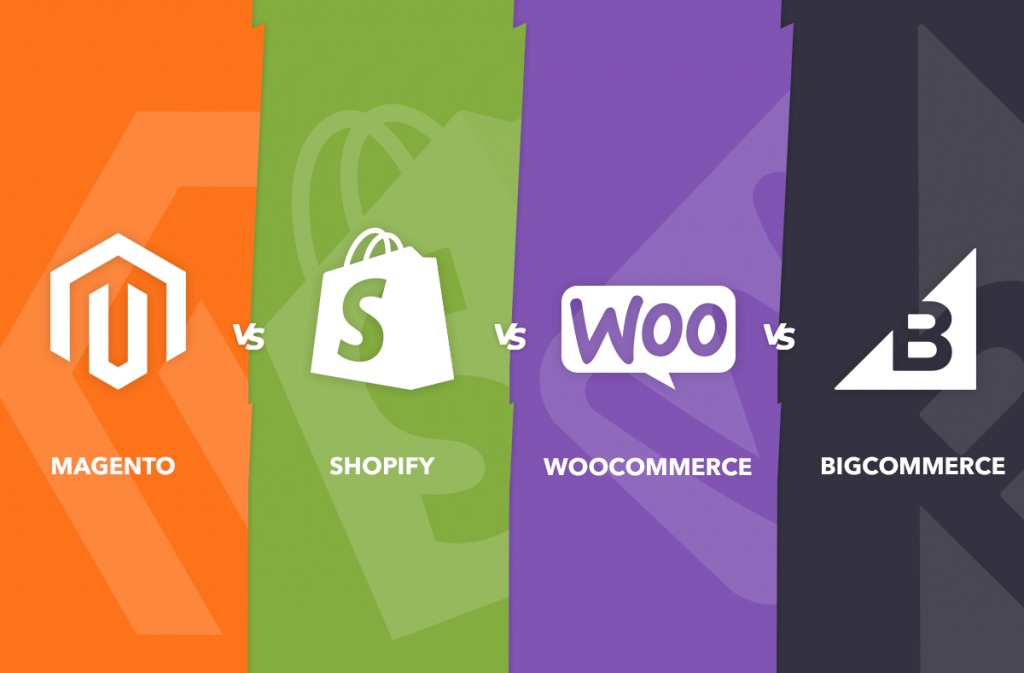Ecommerce is getting bigger and bigger everyday. The modern eCommerce marketplace now consists of multiple small merchants selling their wares online, giving consumers convenience and plenty to choose from. The Multi Vendor Ecommerce Marketplace concept is not new; it has taken time to become prominent.
Multi Vendor Ecommerce Marketplace is becoming a necessity for many e-commerce companies. While the marketplace has only been around for about ten years, it is expected to grow by leaps and bounds in the next decade. Despite the influx of new suppliers over the past few years, there are still some pitfalls that can be avoided.
What Is Multi Vendor Ecommerce Marketplace?
A multivendor marketplace is a platform that allows third-party sellers to sell in one place. This means multiple sellers can able to sell from a single location and customers can shop for goods or services online from various suppliers all in one place.
It provides a large customer base to many online retailers and also links buyers and sellers on a one-on-one basis.
Why Multi Vendor Marketplace?
According to statistics, the number of people who purchased goods and products online keeps increasing every year. In 2020, it is over 2 billion people and in the same year, eCommerce platform sales surpassed 4.2 trillion U.S. dollars worldwide. It will be more than 6 trillion in the next 3years.
However, 21% of eCommerce companies switched to multi vendor marketplace and that results in great user engagement and high revenue. Here are the eCommerce companies, which become successful as eCommerce marketplace websites –
- Amazon
- eBay
- Etsy
- Walmart
- Flipkart
- Alibaba
- Firstcry
- Nykaa
Types Of Marketplaces
Multi Vendor Marketplace falls into various categories based on the targeted audience, focus/specialize, and products.
By Target Audience
- Peer to Peer: P2P platform connects people who need a product or service with people who sell or rent those products or services.
- Business to Business: B2B platform connects businesses with another to buy and sell goods and services.
- Business to Customer: B2C platform allows companies to sell goods or services directly to the customers, the end-users.
By Focus
- Vertical: A platform to sell goods or services of various sources but all the customers and companies are interconnected around a specific niche.
- Horizontal: A platform where you can find every service and various types of products from different brands to reach a wide range of audiences.
By Product
- Product Marketplace: An eCommerce platform, where people buy products from different sellers.
- Service Marketplace: A marketplace to connect service providers with targeted audience. (Ex: cleaning services, healthcare, graphic designing, rental services, etc.)
- Project Market place: A marketplace to arrange to fundraise, using crowd funding for startup projects.
- Hybrid Marketplace: A marketplace to offer both products and services.
Best Multi Vendor Ecommerce Marketplace Platforms
Ecommerce marketplace platforms are the best way to build multi vendor marketplace websites. These platforms are available with easy-to-use features and customizable functionalities to manage businesses.
Best Ecommerce Marketplace Platforms:
- Woo-Commerce
- Shopify
- Magento
- Laravel
- Big-Commerce
- OpenCart
Cost To Build Multivendor Ecommerce Website
Building a multivendor eCommerce website isn’t as complex as before, it can depend on the platform you choose and what features you want in your marketplace. It also depends on the number of products and services you will offer to vendors, the number of sellers who will be ready to sell on the platform. The cost may vary from $5,000 to $50,000 or more as per the marketplace model and business requirements. It can be built –
1. From Scratch
The best option to get it done exactly what you imagined is to hire a custom eCommerce developer. You will have complete access to the code, no third-party software, and complete ownership of the licensing in this way.
However, it’s a little time-consuming and costly method as developing a platform with all transactions and custom functionalities securely and smoothlyis a bit difficult.
2. Website builder
Using a website builder to create a marketplace website is an effective and affordable way. You have the option of using WordPressor Joomla as website builders and Shopifyor Magentofor e-commerce.
These solutions offer a wide range of customization choices, as well as quick response times, cost savings, and everything else you’ll need to build a successful multi-seller store.
3. Non-code Marketplace Builder
Using a software-as-a-service (e.g. Arcadier) or a marketplace-as-a-service (e.g. clouddesire) tool is one of the quickest ways to create an e-commerce marketplace website.
This method will provide you with one of the best UX experiences for a low cost, and it will also make managing your website a breeze.
4. No-Code Technologies
You can build a marketplace website on your own if you have familiarity with no-code technologies.
5. API Integration
If you go with this approach, you’ll be able to focus more on adding useful features to your website rather than focusing on the basics.
When compared to building it from the scratch, it is less expensive, more adaptable than a no-code tool, and can be integrated with third-party applications. In terms of support and updates, it is also dependable. However, you will require a strong team of API developers for this method.
On the other hand, there are a few factors that influence the entire cost of multivendor eCommerce website development, which are
- Business Model or Type of Marketplace
- Features and Functionalities
- Team – UX/UI Designers, Front-end & Back-end Developers
- UX/UI Design – Complexity and Customizations
Benefits of Multivendor Ecommerce Website
Multi Vendor Marketplace comes with a variety of add-ons that make it more customizable in terms of eCommerce functionality. Every marketplace add-on has its own set of capabilities that can be used to improve the functioning of an eCommerce store. Below are some of the benefits for customers, vendors, and owners.
1. Benefits for Multivendor Ecommerce Customers
- Multiple shopping options in one destination.
- Lists product and price comparisons to aid in smart shopping.
- Allows them to save time, effort, and money that would otherwise be spent on transportation.
- Allow them to purchase high-quality goods.
- By comparing product possibilities, customers can obtain the highest quality goods at the most reasonable price.
- It is easy for buyers to get the best bargain because eCommerce multi vendor marketplaces provide real-time data on product availability and cost.
- Customers can also form a trade partnership with vendors if they have an exclusive agreement with them.
2. Benefits for Multivendor Ecommerce Vendors
- Enable mobile connectivity.
- Saves time and money for small-scale vendors.
- Helps vendors in handling the complexities of starting running a startup.
- Multi-vendor marketplaces serve to create an atmosphere with reasonable pricing exchange between new and established sellers by maintaining uniformity.
- A multi vendor marketing platform serves as a sales channel for vendors for marketing and selling their products.
- Ecommerce multi vendor marketplaces help vendors sell their items internationally by allowing them to trade on international online marketplaces.
3. Benefits for Multivendor Ecommerce Owners
- Helps store owners to earn more through sales commissions.
- The collection of products, which have enough sellers contributes to higher search rankings.
- High traffic generation to the store through high search rankings.
- Offers direct-buying options as this marketplace has factors like cost of commodities, availability of stock, etc.
- Allow customers and suppliers to interact to expand their business.
24/7 availability to offering a reduced time frame for selling across geographies.
Conclusion
Most people think it is easier to sell their goods and services in an eCommerce marketplace than to build a marketplace with or without code and tools. However, this is not at all completely true as it depends on the business size, niche, and requirements of marketing.
Whether you want to manage your eCommerce business through a multivendor marketplace or want to build a multi vendor eCommerce marketplace, Devgraphix will assist you with custom web design and development services. We will help you keep your services or product details in order, secure payment gateways, etc., in your marketplace.












